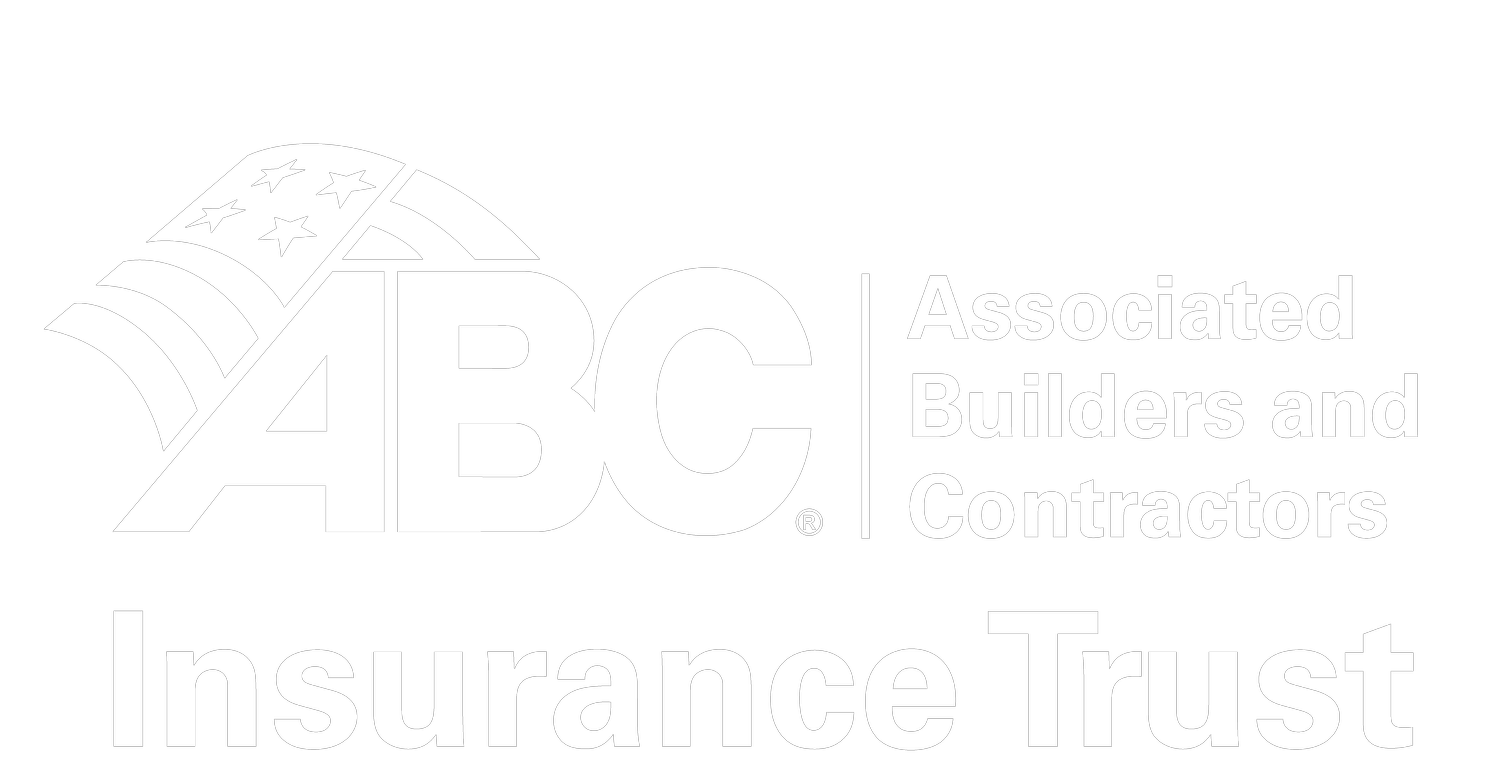Safe harbor affordability
Safe Harbors in the Affordable Care Act are methods for an employer to demonstrate that it provides affordable coverage to its employees as defined by the act. There are three affordability safe harbors an ALE can use to determine whether or not coverage is “affordable” for a certain employee for purposes of complying with the employer mandate.
Definition of Affordability
The indexed percentage (originally 9.5%, but indexed each year) is used by ALEs to determine whether or not the employer’s coverage is considered affordable for that employee.
Choose One Safe Harbor: Employers only need to meet the criteria of one Safe Harbor to prove their healthcare plan’s affordability. You don’t need to comply with all three.
W-2 Complexity: While the W-2 Safe Harbor offers flexibility, it requires close attention to employee wages over the entire year, making it an all-or-nothing option.
Rate of Pay Ease: The Rate of Pay Safe Harbor provides a more flexible, month-by-month affordability check, which can be easier for employers with fluctuating employee hours.
FPL Simplicity: The FPL Safe Harbor offers a clear and simple method for ensuring compliance, requiring only that the healthcare contribution stays below a fixed dollar amount.
